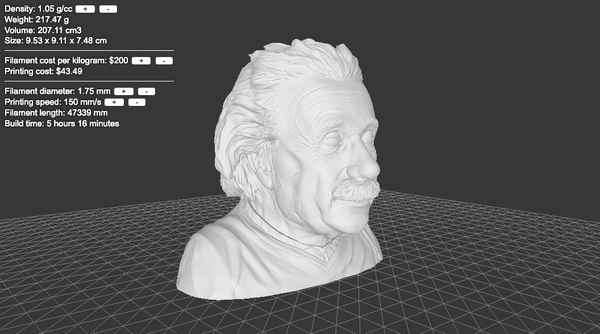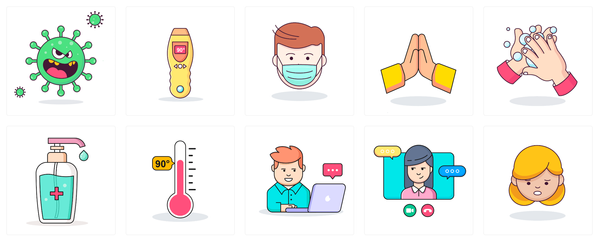Ways to Improve Your Website's User Experience
Table of Content
Moving forward with creating a website without considering user experience is a recipe for disaster. Change is the only thing people can expect today.
Your visitors should be satisfied with their journey on your platform. You need to pay attention to overall web design and user experience, which is determined by how they interact with the site.
You need easy, logical, and responsive navigation. The aim of user experience is to determine the organization, functionality, and usability of your website's interface.
Your visitors will leave your site with a positive experience if all these aspects are taken into account. Here are a few ways to improve their journey,
Reduce clutter
White space makes your content easier to read and attracts visitors' attention to the most important menu items. It helps reduce clutter, making the website look neater and cleaner. It's one of the easiest ways to make a site look open and contemporary.
Of course, it's crucial to find the right balance between your content and white space. Excessive text or design elements can make the website look unappealing and cluttered.
Decrease loading time
An additional three seconds of loading time can raise your website's abandonment rate by almost 25%. Optimizing the site's speed is one of the best ways to reduce bounce rate and improve user experience.
To check your load time, you can use Google Page Speed Insights or another tool that can suggest optimizing it. Check the desktop and the mobile's speed because more and more people are accessing websites on their smartphones and tablets.
Consider user-oriented content
User-experience-related writing should be considered no matter what design elements you use. Assure yourself that your information and content are easy to digest and user-oriented. If you use too many specialized terms and complex words, you risk pushing people away. Users should be able to grasp your information without extra effort.
Combine appealing content with visual aids like illustrations, images, and emojis to make sure your users don't get bored or tired.
Divide key information
Adding bullet points can help save visitors time. They'll be able to see the crucial information about your product or services at a glance. You can create visually appealing bullets by adding some icons to them. Such creative sparks will help divide important data while going beyond traditional bullet points.
Make the site mobile-friendlier
The majority of search engines, including Google, consider mobile-friendliness crucial for ranking. A prospective customer isn't likely to go looking for a computer to see your site better unless you're selling something unique. In all probability, you have competition in your niche, no matter what products or services you offer. A visitor who's unsatisfied with the website will go to one of your competitors.
One easy way to make a site mobile-friendlier is to put the call-to-action buttons in the center of the screen. This way, they are easy to reach with your thumb.
Get rid of broken links
Google doesn't blacklist or punish websites for broken links, but website visitors aren't delighted by them. Coming across a 404 error will frustrate people and probably make them leave your website. Use a free tool or plugin to help you detect broken links.
Maintain consistent website design
It's tempting to get creative and make each page a different color, but that might make visitors feel they ended up on another site. Your heading sizes, fonts, images, colors, buttons, and spacing should match. A consistent design makes the site look coherent. Unexpected, dramatic changes will cause confusion. Consistency will also help augment brand awareness and credibility.












